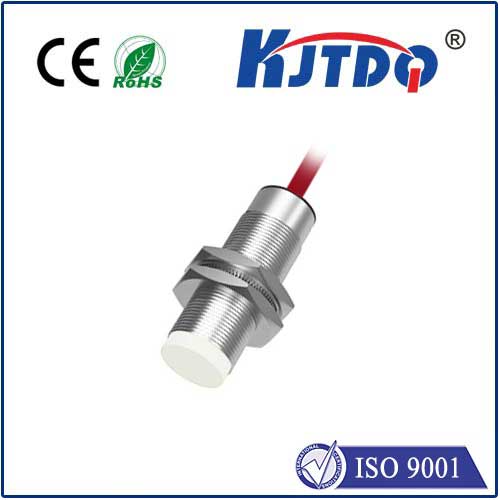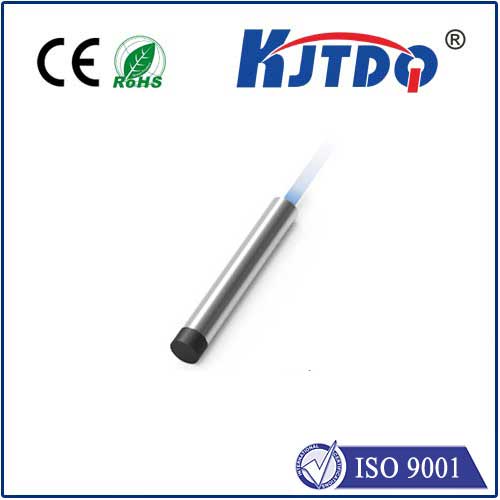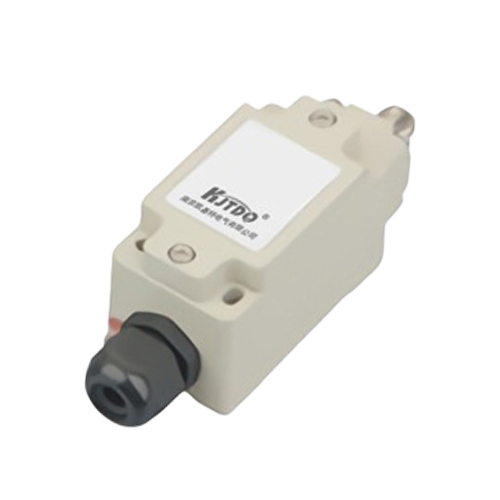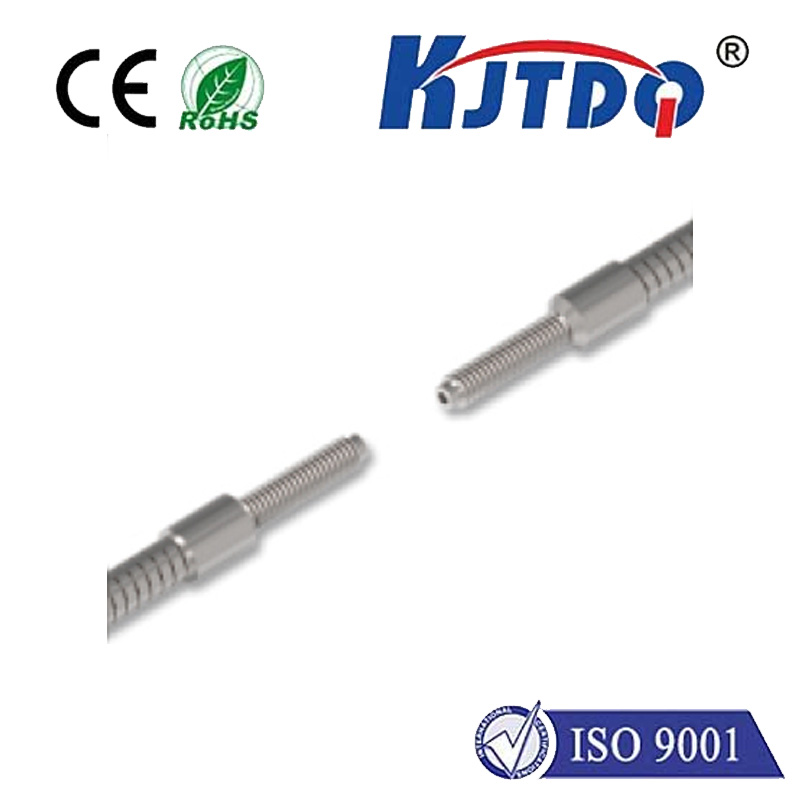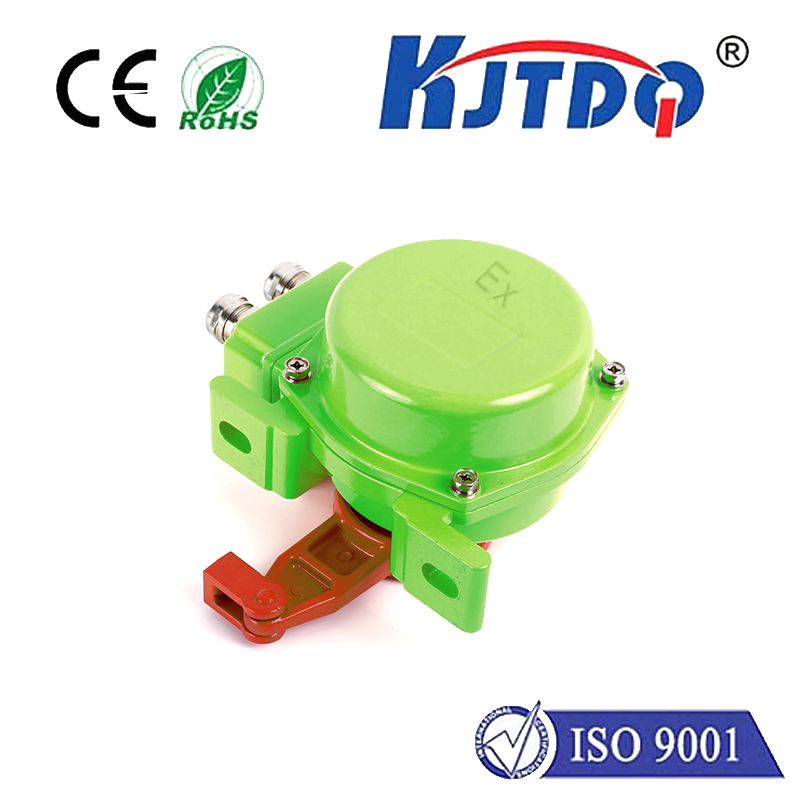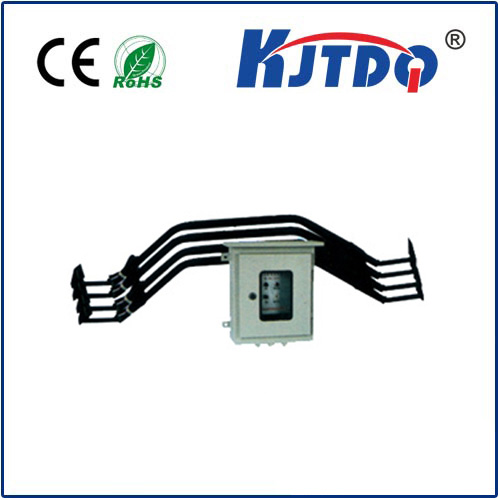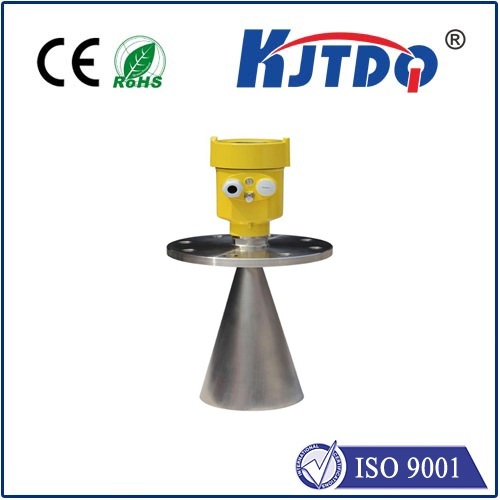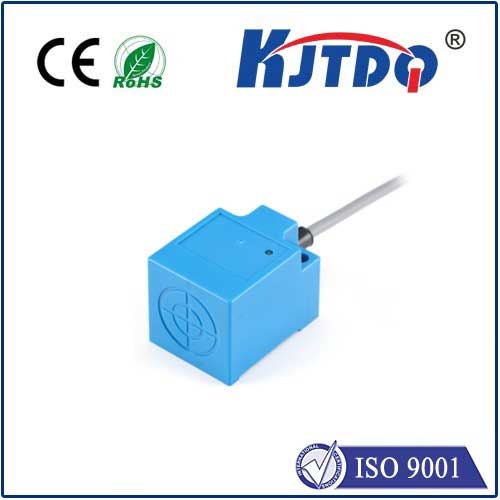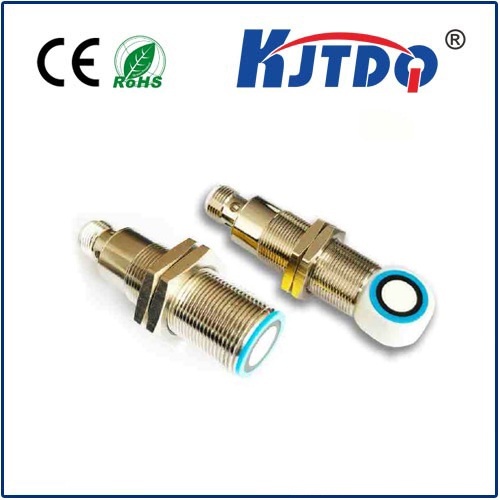mps20n0040d pressure sensor
- time:2025-08-25 08:52:28
- Click:0
The MPS20N0040D Pressure Sensor: Precision Sensing Built on MEMS Innovation
In the intricate world of embedded systems, medical devices, and industrial automation, accurately measuring pressure is often a critical linchpin. From ensuring patient safety on a ventilator to maintaining optimal fluid levels in complex machinery, reliable pressure data drives performance and safety. At the heart of countless such applications lies a specific, robust component: the MPS20N0040D pressure sensor. This MEMS-based marvel exemplifies how sophisticated microengineering delivers consistent, high-value performance in demanding environments.
Understanding the Core: What is the MPS20N0040D?
The MPS20N0040D is a piezoresistive pressure sensor manufactured using advanced Micro-Electro-Mechanical Systems (MEMS) technology. Its design centers around a micromachined silicon diaphragm. When pressure is applied to this diaphragm, it deflects minutely. Integrated onto the diaphragm are piezoresistive elements – their electrical resistance changes proportionally to the strain caused by the deflection. This resistance change is then converted into a measurable voltage output signal via an internal Wheatstone bridge circuit, providing a precise analog representation of the applied pressure.
A defining feature of the MPS20N0040D is its ceramic substrate packaging. This isn’t just about durability; it provides excellent thermal stability and isolation, protecting the sensitive silicon die from thermal stresses and harsh media. Crucially, it offers media compatibility, allowing the sensor to interface directly with many common gases and non-corrosive liquids without degradation, making it incredibly versatile.

Key Specifications Driving Application Suitability
- Range: The “0040D” designation typically signifies a pressure range of 0 to 40 kPa (0 to 5.8 psi). This low-pressure range makes it ideal for applications like medical respiratory equipment (CPAP, ventilators), gas flow monitoring, HVAC system controls, and liquid level sensing.
- Output: The MPS20N0040D provides a ratiometric analog output, usually voltage (e.g., 0.5V to 4.5V over the pressure span, referenced to supply voltage). This simplicity makes interfacing with microcontrollers and analog-to-digital converters (ADCs) straightforward.
- Accuracy: While specific figures depend on calibration and operating conditions, devices like the MPS20N0040D typically offer good accuracy suitable for industrial and medical applications, often around ±1.5% FSS (Full Scale Span) or better.
- Temperature Range: Designed for stability, its compensated range generally covers 0°C to +85°C, ensuring reliable operation in most indoor and many protected industrial settings.
- Robustness: The ceramic construction provides inherent chemical resistance to many common media and contributes to overall mechanical strength. Its small footprint and surface-mount compatibility are also significant advantages for modern PCB design.
Where the MPS20N0040D Pressure Sensor Excels: Key Applications
The unique combination of its low-pressure range, analog output, media compatibility, and MEMS reliability positions the MPS20N0040D perfectly for numerous critical tasks:
- Medical Devices: This is a primary domain. Its use in CPAP and BiPAP machines for monitoring and regulating patient airway pressure is widespread. It’s also integral to hospital ventilators, anesthesia machines, and portable oxygen concentrators, where precise breath pressure monitoring is non-negotiable for patient safety.
- Industrial Automation & Process Control: Monitoring filter blockages by detecting pressure drops, controlling pump systems, regulating air pressure in pneumatic lines, and managing precise fluid dispensing systems all benefit from the sensor’s accuracy and robustness.
- HVAC&R (Heating, Ventilation, Air Conditioning & Refrigeration): Ensuring optimal airflow in ducts (static/differential pressure sensing), monitoring filter status, and controlling refrigerant pressures in systems often utilize sensors like the MPS20N0040D.
- Consumer Appliances: Advanced coffee machines, dishwashers, and washing machines increasingly rely on pressure sensors for water level detection and flow control.
- Instrumentation & Test Equipment: Benchtop pressure calibrators, leak detection systems, and environmental monitoring equipment leverage the MPS20N0040D for dependable, low-pressure measurement.
- Robotics & Drones: Applications include sensing pneumatic pressures in grippers or actuation systems, and potentially measuring altitude or airspeed in smaller aerial vehicles.
Advantages Over Alternatives: Why Choose the MPS20N0040D?
Several factors contribute to the enduring popularity of this specific pressure sensor model:
- Proven MEMS Reliability: MEMS technology offers exceptional longevity and repeatability compared to older mechanical sensor types.
- Media Compatibility: The ceramic package’s ability to interface directly with many media significantly simplifies system design, eliminating the need for complex seals or isolating diaphragms in many cases – a key cost and reliability advantage.
- Stable Analog Output: The ratiometric analog voltage output provides a simple, noise-resistant signal path easily integrated into most control systems or ADCs.
- Excellent Value Proposition: Offering a compelling balance of performance, reliability, robustness, and cost-effectiveness, the MPS20N0040D delivers high value, particularly for medium-to-high-volume applications.
- Compact Form Factor: Its SMT compatibility saves valuable board space in increasingly miniaturized electronic products.
Designing with the MPS20N0040D: Key Considerations
Integrating the MPS20N0040D pressure sensor effectively requires attention to several aspects:
- Proper Porting & Sealing: Ensuring a leak-free connection between the medium being measured and the sensor’s port is critical for accuracy. O-rings or suitable adhesives must be selected based on the media and pressure.
- Supply Voltage Regulation: As a ratiometric device, its output depends directly on a clean, stable supply voltage. Voltage regulation and appropriate filtering (decoupling capacitors) near the sensor are essential.
- Signal Conditioning: While the output is analog, amplification or filtering might be necessary depending on the microcontroller’s ADC requirements and the electrical environment. Temperature compensation might also be implemented externally for the highest accuracy demands, although the sensor itself has good inherent thermal performance.
- Media Compatibility Verification: Always confirm the specific media is compatible with the sensor’s ceramic and package materials to prevent long-term degradation or failure.
- Mechanical Protection: Although robust, protecting the sensor diaphragm from direct physical impact, water immersion (unless designed for it), or excessive overpressure is crucial. Pressure spikes should be dampened or limited.
The Enduring Impact of a Precision Component
The MPS20N0040D pressure sensor stands as a testament to the power of MEMS technology to deliver reliable, high-performance sensing solutions. Its specific combination of a low-pressure range, ceramic media compatibility, robust analog output, and proven reliability has cemented its place as a workhorse component across diverse industries. Understanding its core principles, capabilities, and optimal implementation practices allows engineers to leverage its strengths effectively. Whether it’s ensuring a patient receives the precise airflow needed or maintaining the delicate pressures within a complex industrial process, the MPS20N0040D continues to be a trusted choice for capturing the unseen force of pressure with precision.












